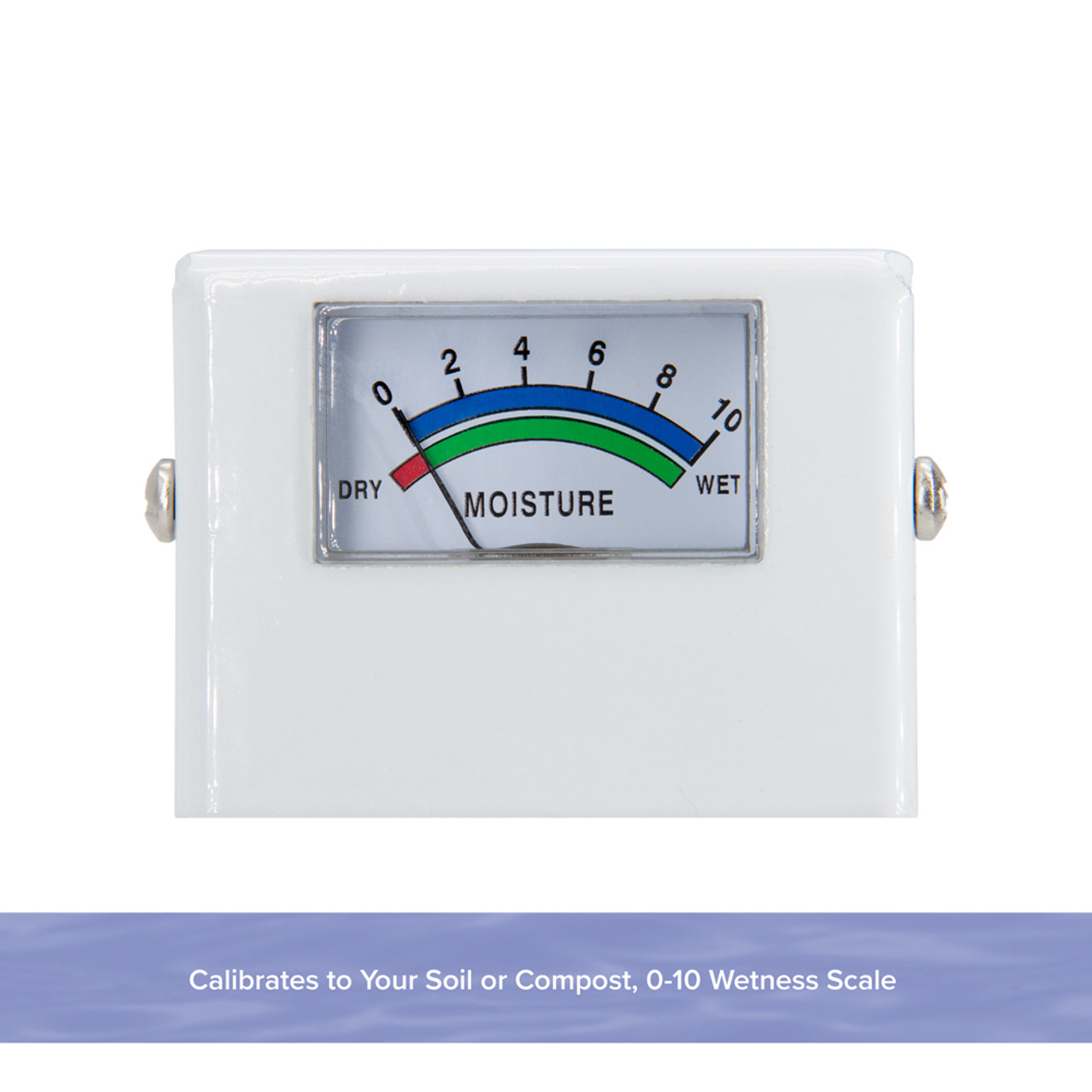How to Use a Moisture Meter to Spot Covert Water Damage in Your Building
How to Use a Moisture Meter to Spot Covert Water Damage in Your Building
Blog Article
Comprehending the Significance of a Moisture Meter in Stopping Mold and Water Damage in your house
In the realm of home maintenance, the visibility of moisture can commonly be a silent yet formidable opponent, efficient in triggering prevalent mold growth and dangerous water damage if left unchecked. Among the serene ambiance of a residence, concealed moisture problems can brew under the surface, posturing a risk to both property and health and wellness. Furnished with the right tools and understanding, homeowners can proactively fight these potential dangers. Understanding the relevance of a dampness meter in this fight is not just an option however a strategic necessity.
Relevance of Moisture Detection
Effective wetness discovery techniques are essential for securing residential or commercial properties and stopping prospective mold and mildew development and water damages. Dampness can permeate right into different building materials, causing architectural issues and carcinogen. By utilizing a wetness meter, residential or commercial property owners can proactively determine locations vulnerable to excess dampness, enabling for timely intervention and mitigation techniques.
Moisture meters offer accurate readings of moisture degrees in various materials such as drywall, concrete, and timber. This information aids in determining areas of issue, even in covert or hard-to-reach areas. Early discovery of moisture accumulation enables punctual repair services or adjustments to avoid more damage.

Exactly How Moisture Meters Work
Dampness meters play an essential function in the proactive recognition of excess wetness, aiding in the avoidance of prospective mold development and water damage by supplying precise readings of dampness levels in different structure materials. These tools work based upon different concepts, depending upon their type. Moisture Meter. Pin-type wetness meters, for instance, have 2 pins that pass through the material to gauge the electrical resistance in between them. When wetness exists, it improves the product's conductivity, causing a reduced resistance reading. Pinless moisture meters, on the other hand, usage electromagnetic sensing units to scan the product without causing damages. These sensing units give off electromagnetic signals that permeate the material and determine the dielectric residential properties, indicating dampness content. Some advanced dampness meters pin both incorporate and pinless innovations for thorough moisture detection. Recognizing how moisture meters function is necessary for accurate and timely moisture level evaluations, making it possible for effective safety nets versus mold and water damages.
Detecting Early Indication
Upon preliminary assessment of a building, recognizing subtle indications of excess dampness ends up being vital in the very early discovery of potential mold and mildew development and water damages. Some typical early caution indicators include moldy odors, water stains on ceilings or walls, peeling paint or wallpaper, and warped or discolored surface areas. Moldy smells often indicate the visibility of mold or mold, even if no visible signs are noticeable. Water spots can signal leakages or seepage, while peeling off paint or wallpaper may be a result of wetness endangering the attachment of these materials to the surface area. Distorted or stained surface areas, such as distorting floorboards or discolored drywall, are clear indicators of water damages. Furthermore, a rise in allergy signs and symptoms or breathing issues amongst residents might suggest the visibility of mold and mildew due to excess wetness. By promptly determining and attending to these early indication, house owners can mitigate the danger of considerable mold growth and water damages in their homes.
Protecting Against Mold Development
Recognizing early warning indicators of excess wetness within a residential property not just enables timely discovery of possible mold growth and water damage but also serves as a proactive step in avoiding the expansion of mold and mildew. To properly avoid mold and mildew development, it is vital to deal with any type of resources of dampness without delay.
In addition to resolving moisture resources, maintaining interior moisture degrees below 60% can considerably inhibit mold and mildew development. Appropriate ventilation, appropriate insulation, and utilizing ac system or followers can aid manage interior moisture degrees. Keeping track of wetness degrees in areas prone to dampness, such as basements and crawl areas, using a moisture meter can additionally aid in early detection of elevated dampness degrees and possible mold and mildew development. By taking positive steps to avoid excess wetness and mold and mildew growth, more helpful hints homeowners can safeguard view it now their residential property and interior air top quality.
Advantages of Normal Tracking
Regular monitoring of moisture levels in a building can play a critical function in keeping a healthy indoor atmosphere and avoiding possible mold and water damage. By frequently examining wetness degrees, homeowners can identify any kind of issues immediately and take necessary actions to prevent mold and mildew growth and water damage. Among the vital benefits of regular tracking is very early discovery. By identifying and resolving high wetness degrees at an early stage, home owners can intervene before mold and mildew has the possibility to develop and spread out. This proactive approach can save both time and money over time by avoiding substantial mold and mildew removal and repair work costs.
In addition, normal tracking allows home owners to track patterns and trends in dampness levels over time. Inevitably, the constant monitoring of wetness levels equips property owners to safeguard their residential or commercial property, guard their health and wellness, and maintain the stability of their indoor atmosphere.

Final Thought

By making use of a moisture meter, residential property proprietors can proactively recognize locations vulnerable to excess moisture, allowing for timely intervention and mitigation strategies.

Monitoring wetness levels in areas prone to wetness, such as cellars and creep areas, utilizing a wetness meter can likewise assist in very early discovery of raised wetness levels and possible mold growth. (Moisture Meter)
Report this page